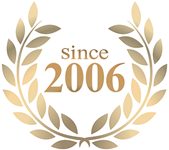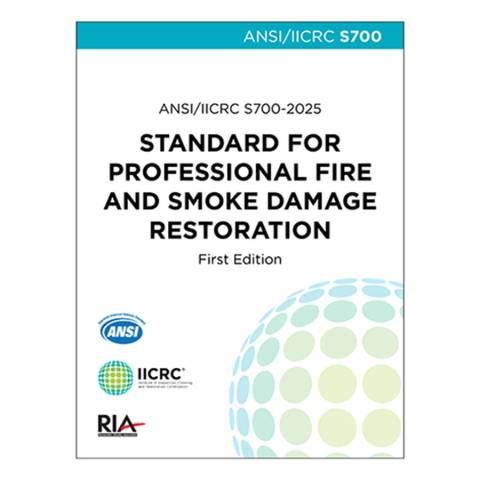This Standard describes the principles, processes, and procedures for assessing the presence, intensity of impact, and boundaries of fire residues and odors affecting a building, building systems (e.g., Heating, Ventilation and Air-Conditioning [HVAC]), and contents after a fire event. The fire event can occur within the building, an adjoining building(s), or building(s) in the vicinity impacted by an external or internal fire, other than wildfires. This Standard also describes the practical principles, methods, and processes including equipment, tools, and materials, for the restoration cleaning, and fire odor management of buildings and contents. This Standard also addresses contractor qualifications, administrative requirements, procedures, development of the Restoration Work Plan (RWP), documentation of project-related events, and compliance with Authorities Having Jurisdiction (AHJ).
The ANSI/IICRC S700 Standard for Professional Fire and Smoke Damage Restoration includes the following which are described in the Standard:
- Fire and Smoke Damage Restoration Contractor Qualifications
- Administrative Requirements and Documentation
- Fire and Smoke Damage (FSD) Assessment
- Fire Restoration Equipment, Tools, and Materials (ETM)
- Fire Restoration Mitigation
- Heating, Ventilation, and Air-Conditioning (HVAC) and Air Conveyance Systems (ACS)
- Fire and Smoke Odor Management
- Fire and Smoke Damage Contents Restoration
- Post Restoration Evaluation
- Limitations, Complexities, Complications, and Conflicts



